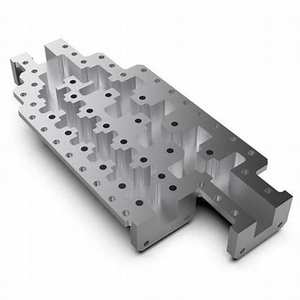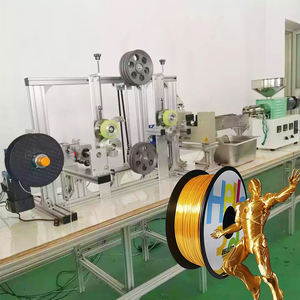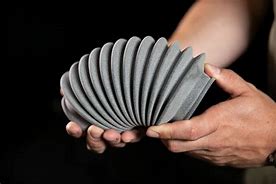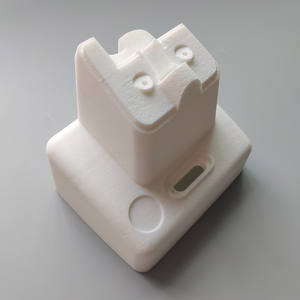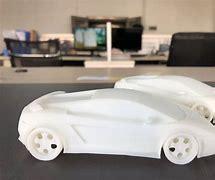Discover a professional 3D printing powder supplier
(Material Manifesto: Understanding the Types of Materials Used in 3D Printing)
**Plastics, Powders, and Polymers: The Secret Sauce Behind 3D Printing Magic**
(Material Manifesto: Understanding the Types of Materials Used in 3D Printing)
Imagine building a car part, a toy, or even a prosthetic limb layer by layer, like stacking invisible Lego blocks. This is the power of 3D printing. But none of it works without the right materials. Think of these materials as the ink in a printer—except instead of paper, you’re creating real, touchable objects. Let’s break down the stuff that makes this tech tick.
Start with plastics. They’re the bread and butter of 3D printing. PLA (polylactic acid) is the friendly, corn-based plastic you’ll find in beginner kits. It smells faintly sweet when melted and comes in rainbow colors. ABS is tougher, the same stuff used in LEGO bricks. It can handle heat better than PLA but needs a well-ventilated room because of its fumes. These plastics are cheap, easy to use, and perfect for anything from phone cases to garden decorations.
Metals step in when you need strength. Titanium, aluminum, and stainless steel powders are melted by lasers or electron beams to form solid parts. Aerospace companies love this. Jet engine parts, custom medical implants, even rocket components—metal 3D printing handles jobs where failure isn’t an option. The catch? It’s pricey and needs heavy-duty machines. But for industries where precision beats cost, metal is king.
Ceramics are the underdogs. Imagine printing a teacup that survives a drop onto concrete or a heat-resistant shield for a spacecraft. Ceramic powders, when fired after printing, become hard and durable. They’re tricky to work with though. Shrinkage and cracks are common headaches. Still, labs and artists are pushing limits, blending ancient pottery techniques with futuristic tech.
Resins are the detail masters. If you want smooth surfaces or intricate designs—like jewelry or dental molds—resins are your go-to. Liquid resin hardens under UV light, layer by layer, creating results so precise they’re almost glassy. The downside? Most resin prints are brittle. Drop them, and they might snap. But for visual prototypes or decorative pieces, resins shine.
Powders like nylon and TPU (thermoplastic polyurethane) bring flexibility. Nylon is tough, slightly bendy, and great for gears or hinges. TPU is rubber-like, perfect for phone cases or shoe soles. These materials stretch, squish, and bounce back, opening doors for wearable tech or custom sports gear.
Now for the wild cards. Ever heard of printing with wood? Mix wood fibers with plastic, and you get a material that looks and smells like timber. Sand it, stain it—it’s surprisingly realistic. There’s also conductive ink for printing circuits, and even experimental “bio-inks” made from living cells for medical research.
The choice of material shapes what’s possible. A flimsy plastic trinket? A titanium part on a satellite? It all starts with picking the right “ingredient.” New materials pop up constantly. Graphene-infused filaments promise super strength. Recycled plastics push sustainability. Chocolate and food-grade materials hint at 3D-printed desserts.
This isn’t just about tech. It’s about creativity. Architects print miniature models in hours. Doctors practice surgeries on exact replicas of patient organs. Hobbyists turn doodles into real objects over a weekend. The magic isn’t just in the printer—it’s in the materials that make ideas tangible.
(Material Manifesto: Understanding the Types of Materials Used in 3D Printing)
So next time you see a 3D-printed object, remember: it’s not just plastic or metal. It’s a recipe of science, experimentation, and a dash of imagination. The future of making things is here, and it’s built one layer—and one material—at a time.Inquiry us if you want to want to know more, please feel free to contact us. (nanotrun@yahoo.com) hot tags: 3d printing,3D printiner,3d printing material
(Material Manifesto: Understanding the Types of Materials Used in 3D Printing)

